Categories
- Argentina
- Chile
- Antarctica
- Easter Island
- Falklands (Malvinas)
- Bolivia
- Peru
- Uruguay
- Paraguay
- Brazil
- Venezuela
- Colombia
- Ecuador
- Galapagos
- Panama
- Costa Rica
- Cuba
- Nicaragua
- Honduras
- El Salvador
- Guatemala
- Belize
- Mexico
- Latin American Xmas
Pages
- Street Art of Buenos Aires
- A week in Buenos Aires
- The Jesuit Missions in South America
- Contact Us
- Map of Central America
- First week in Latin America – October 2009
- Home Page
- Map of South America
Archives
- October 2011 (3)
- September 2011 (9)
- August 2011 (10)
- July 2011 (7)
- June 2011 (6)
- May 2011 (11)
- April 2011 (10)
- March 2011 (4)
- February 2011 (5)
- January 2011 (6)
- December 2010 (6)
- November 2010 (4)
- October 2010 (8)
- September 2010 (5)
- August 2010 (7)
- July 2010 (5)
- June 2010 (6)
- May 2010 (6)
- April 2010 (7)
- March 2010 (6)
- February 2010 (9)
- January 2010 (4)
- December 2009 (8)
- November 2009 (5)
- October 2009 (2)
Camagüey
13th April 2011
Camagüey [4] has World Heritage status for its peculiar maze of twisting, narrow streets designed to fool pirates in days of old, now confusing today´s tourists. In stark contrast to the typical Spanish Colonial grid layout, in Camagüey no “square” is square, or even rectangular. Established in 1514, the colonial city is Cuba´s third largest and known as the city of tinajones (clay pots) for the large earthenware pots once used to store water. It is a city of many churches with its very own saint.
.
Carolina and Reyes warmly welcomed us into their Casa, filled with plants and knick knacks. Staying in a Casa is like visiting a distant aunt; everyone is a little reserved at first, but soon you are all chatting and laughing and you stagger off to bed full of delicious home cooked food, here typically Cuban – salad, black beans, rice and chicken. Cubans don’t drink much wine but we did see a bottle of Australian Jacobs Creek Chardonnay 2001 (yes 2001, not 2010) for $15 in a government store.
.
The Cuban newspaper was full of the visit to La Habana by the former US President Jimmy Carter and his meeting with former Cuban President Fidel Castro. We hope this will be the first step in a better relationship between the two governments.
.
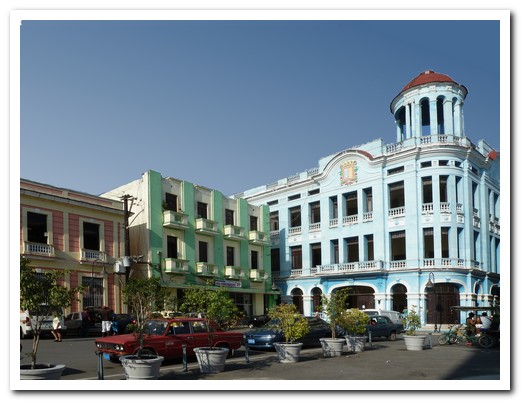
A city square in Camagüey
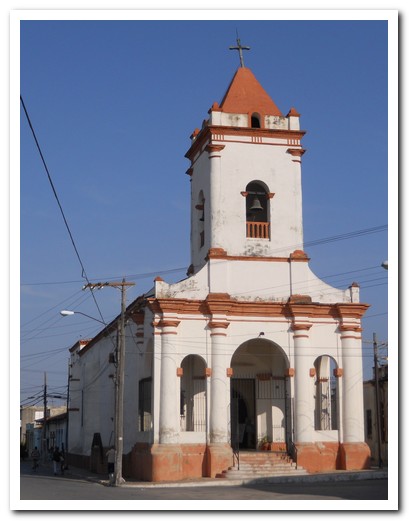
One of Camagüey´s many colonial churches

Colourful restored street
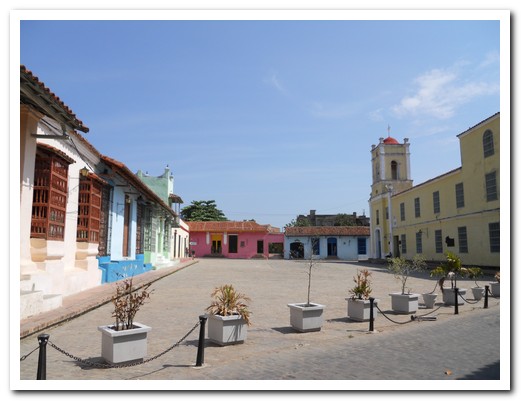
Large plaza – the squares are not square
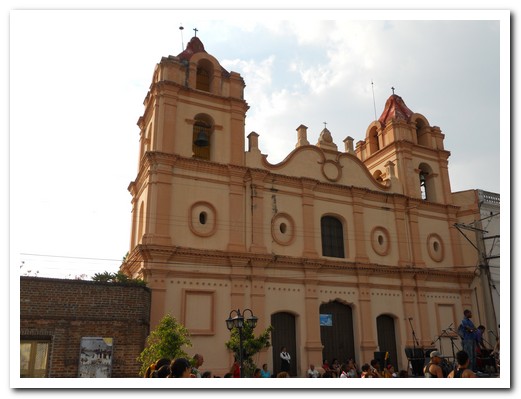
Iglesia de Carmen
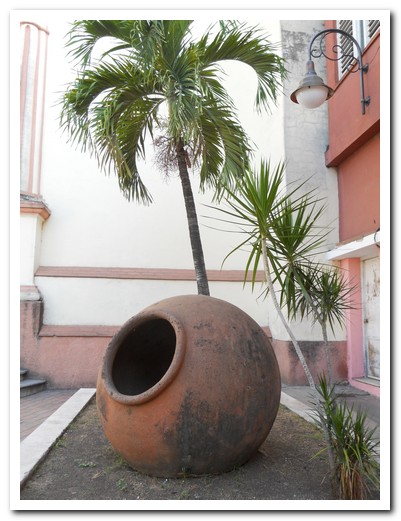
Large pots were used to store water in colonial times
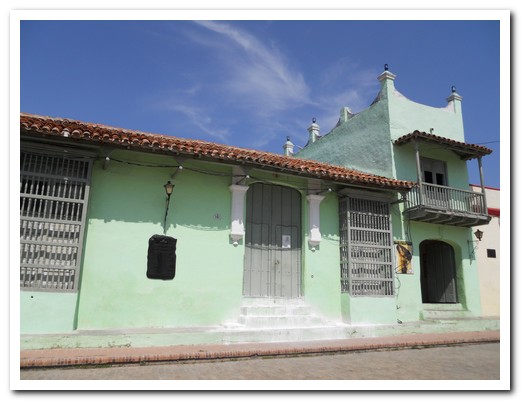
Restored building now an artist´s studio
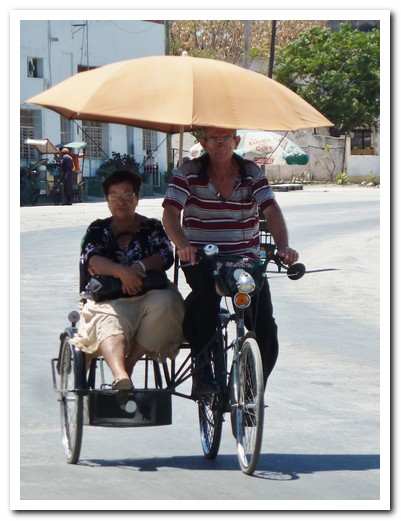
Bici-taxi

Motorbike and sidecar still in use

Mobile veggie stores

Typical Camagüey house with wrought iron window grill
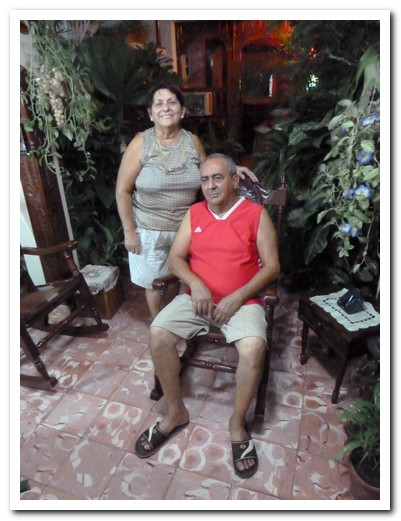
Carolina and Reyes in their Casa Particular